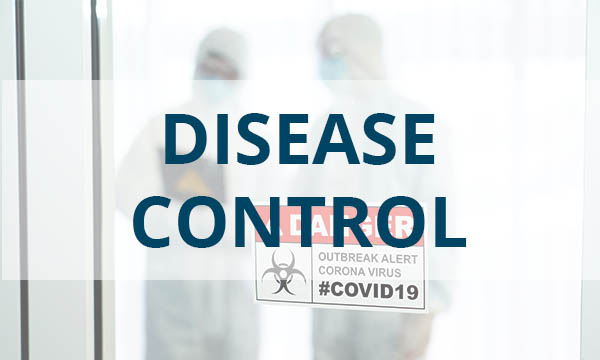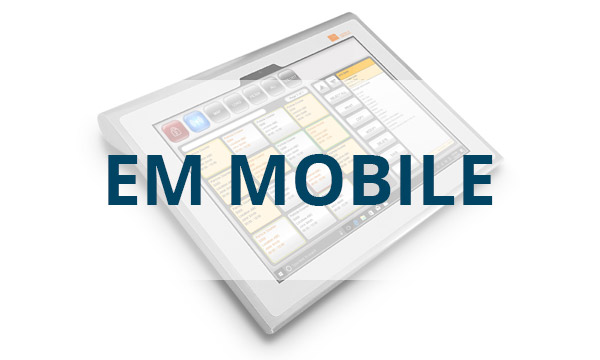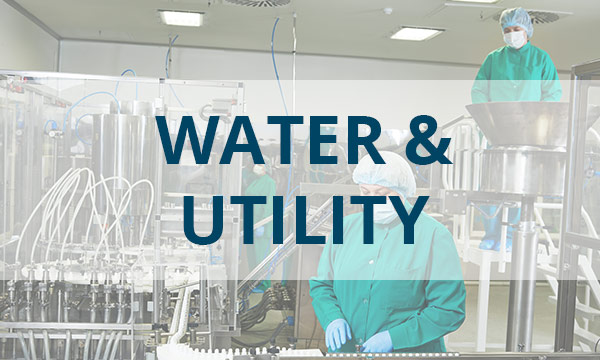AUTOMATE
RISK-BASED
EVALUATIONS &
MAC CALCULATIONS
IDENTIFY
THE RISK OF
CHANGES
IN REAL-TIME
ACHIEVE
COMPLETE COMPLIANCE
& CONTAMINATION
CONTROL
HOW CAN YOU CALCULATE SO MANY RISK FACTORS MANUALLY?
A HOLISTIC AND PROCESS-SPECIFIC RISK MITIGATION SYSTEM
Nova-Cleaning Validation software significantly enhances product integrity by managing changes and assessing the risks associated with cross-contamination and product impurities within a dynamic production environment. All changes to methods, APIs, products, equipment, and family groups are automatically evaluated to ensure product integrity and regulatory compliance. Nova-Cleaning Validation complies with 21 CFR Part 11 and EU Annex 11. The system uses a risk-based approach and is designed based on PDA Technical Reports 29 and 49, ISPE MaPP, 21 CFR Part 211.67.
UNIQUE AND INNOVATIVE FEATURES
Computerized worst case evaluation. Risk factors including dosage, toxicity, cleanability, solubility and more can be defined together or separately, allowing the user to have complete control over the evaluation settings. The worst case is determined and displayed for all validation groups, enabling users to focus on the biggest risk to product quality. The worst case assessment is automatically triggered when any validation group property is changed. Fully automated
MAC calculations. Carryover limits are calculated for all sample points for APIs, cleaning agents, and microbial testing. Hundreds of MAC formulas are executed in seconds, rather than hours. The calculations take into account all possible product A and product B combinations for the affected equipment trains and validation groups, and the lowest MAC values are highlighted, making user review of the calculated values quick and easy.
The process dedicated change evaluation feature consolidates the impact of multiple changes in one snapshot of the risks and consequences of potential changes to any factor that may affect the validated state of the cleaning process. These factors include changing equipment, introducing new products, modifying batch sizes, and anything else that relates to both the product and equipment families that are part of equipment trains and validation groups
BENEFITS THAT SAVE YOU TIME AND MONEY
- Fast ROI providing significant time savings over manual processes
- Data Security with 21 cfr 11 Part 11 compliance
- Reduced Error with a totally paperless system
- Efficiency through electronic management and approval of master data.
- System Defined Protocols with sampling plans that are automatically generated for validation groups
- Comprehensive Reporting enables users to quickly retrieve in-depth standard reports and statistical analysis
Frequently Asked Questions
1. What methods are used in cleaning validation MACO Calculation?
There are a few different methods which have been used to calculate the maximum allowable carry over (MACO). If we look at the changes in the approach to calculating limits over time, we see the evolution of the MACO calculations from arbitrary limits to Science, health-based and risk-based limits.
2. How do I calculate cleaning validation limits using spreadsheets?
Using spreadsheets are ubiquitous around the world and its intended use for businesses is to manage financial data and perform financial analysis.
3. How do I find the worst-case product?
The worst-case product is determined using the properties of both the product and the API in the product. The first measure of worst case is the toxicity based on daily exposure, the lower the PDE the more toxic the product is. Worst case also considers physical properties like solubility in water, solubility in other solvents, or the cleanability.
4. What are the MACO equations?
There are different approaches for calculating the MACO values on the batch level.
5. How do I calculate cleaning validation limits?
In the PIC/S PI 006-01 Guidelines, the following statements are made regarding the definition of limits.
Carry-over of product residues should meet defined criteria, for example the most stringent of the following three criteria:
6. What is the difference between MAC, MACO, and MSC?
MAC means the Maximum Allowable Carryover, and MACO means virtually the same thing, the difference being that the MACO acronym splits the C into two words which result in maximum Safe Carry Over.





